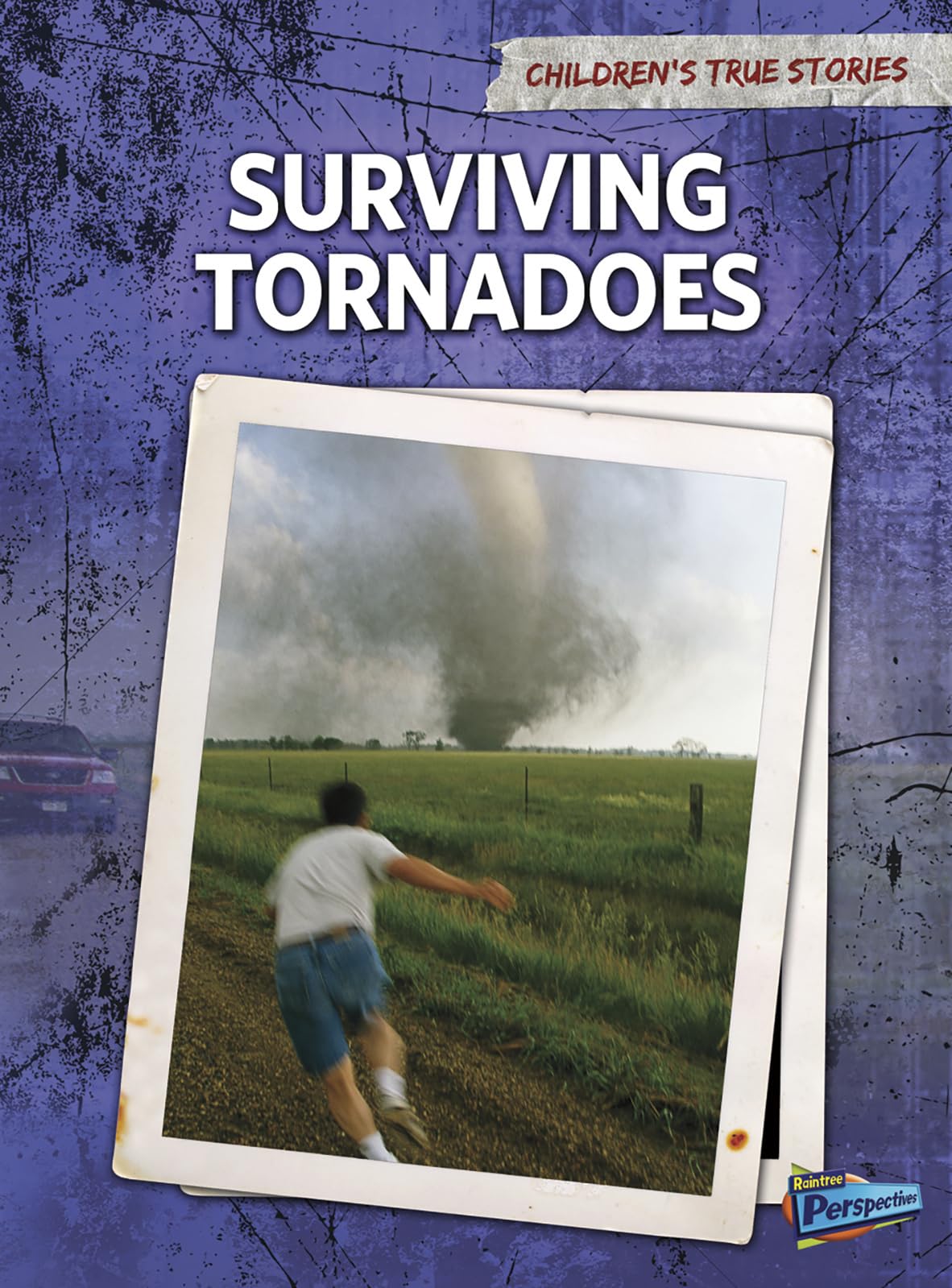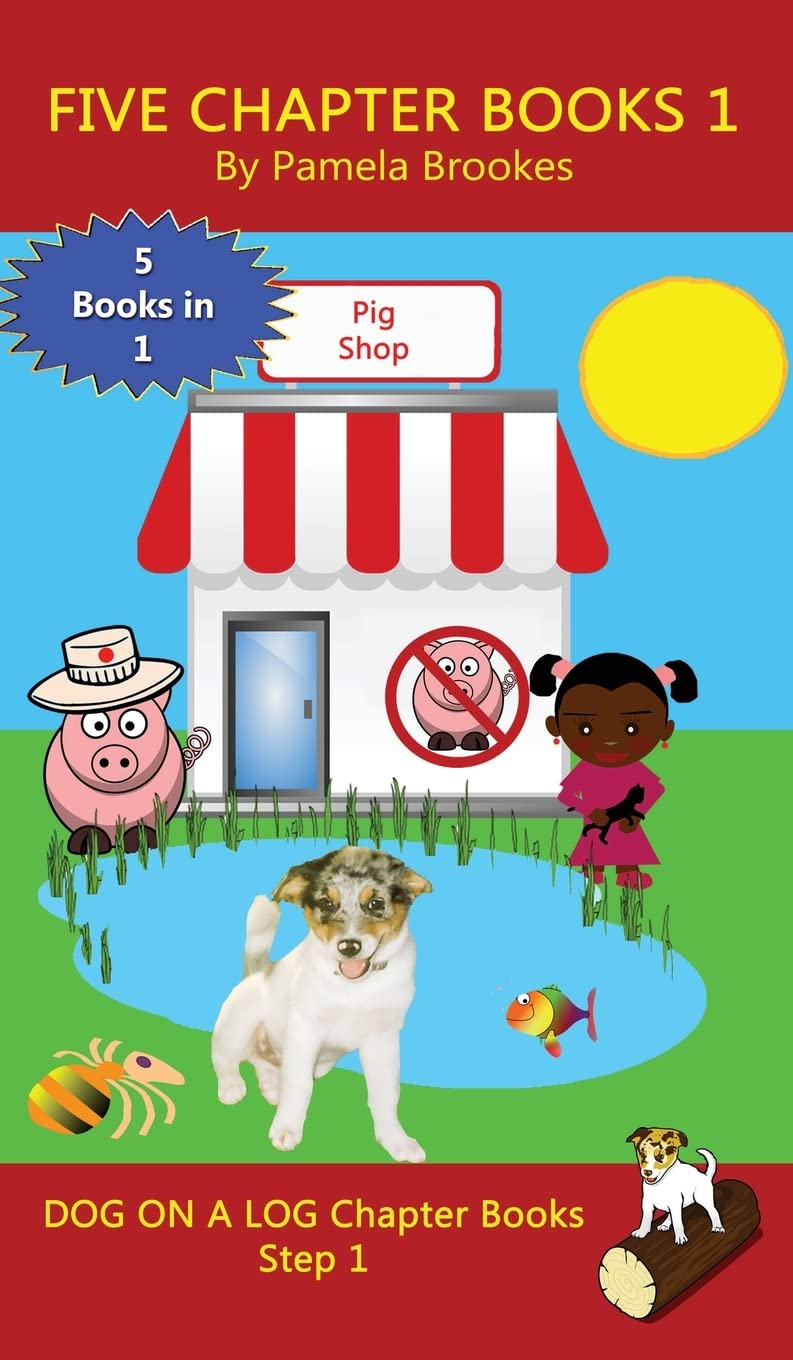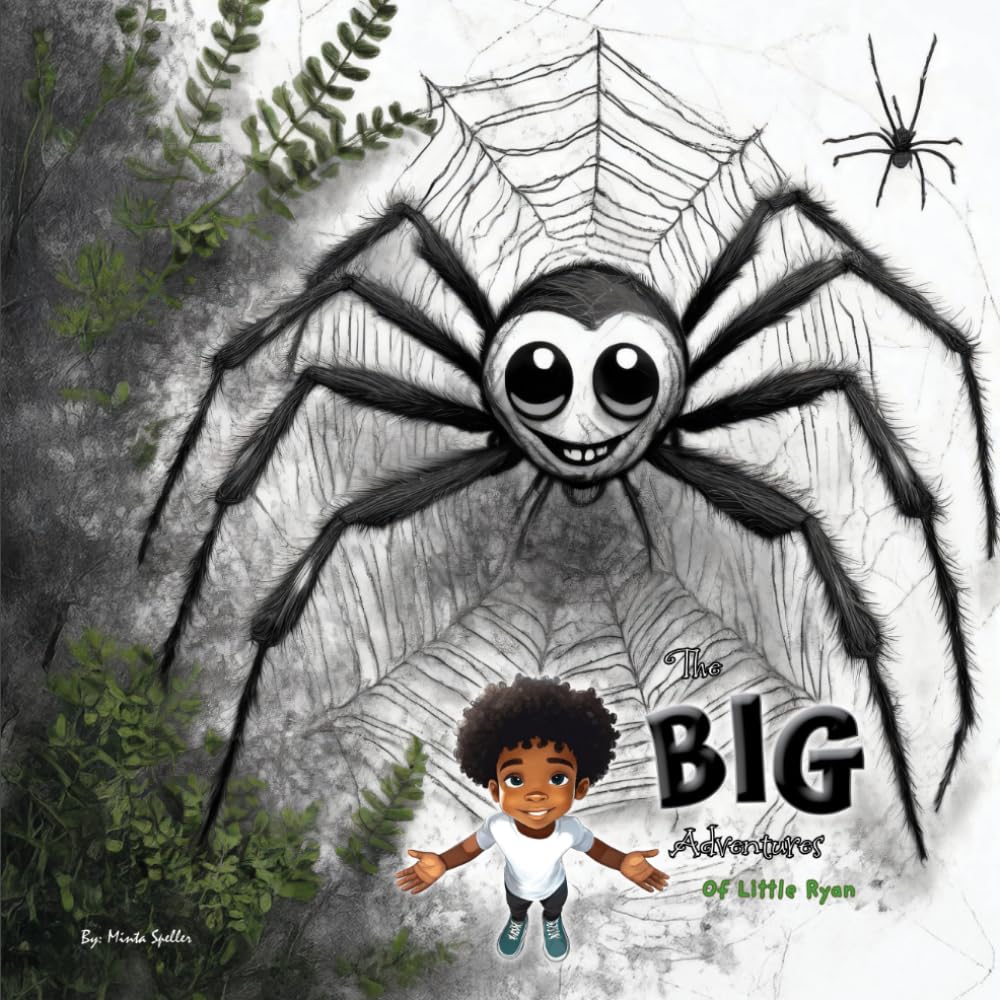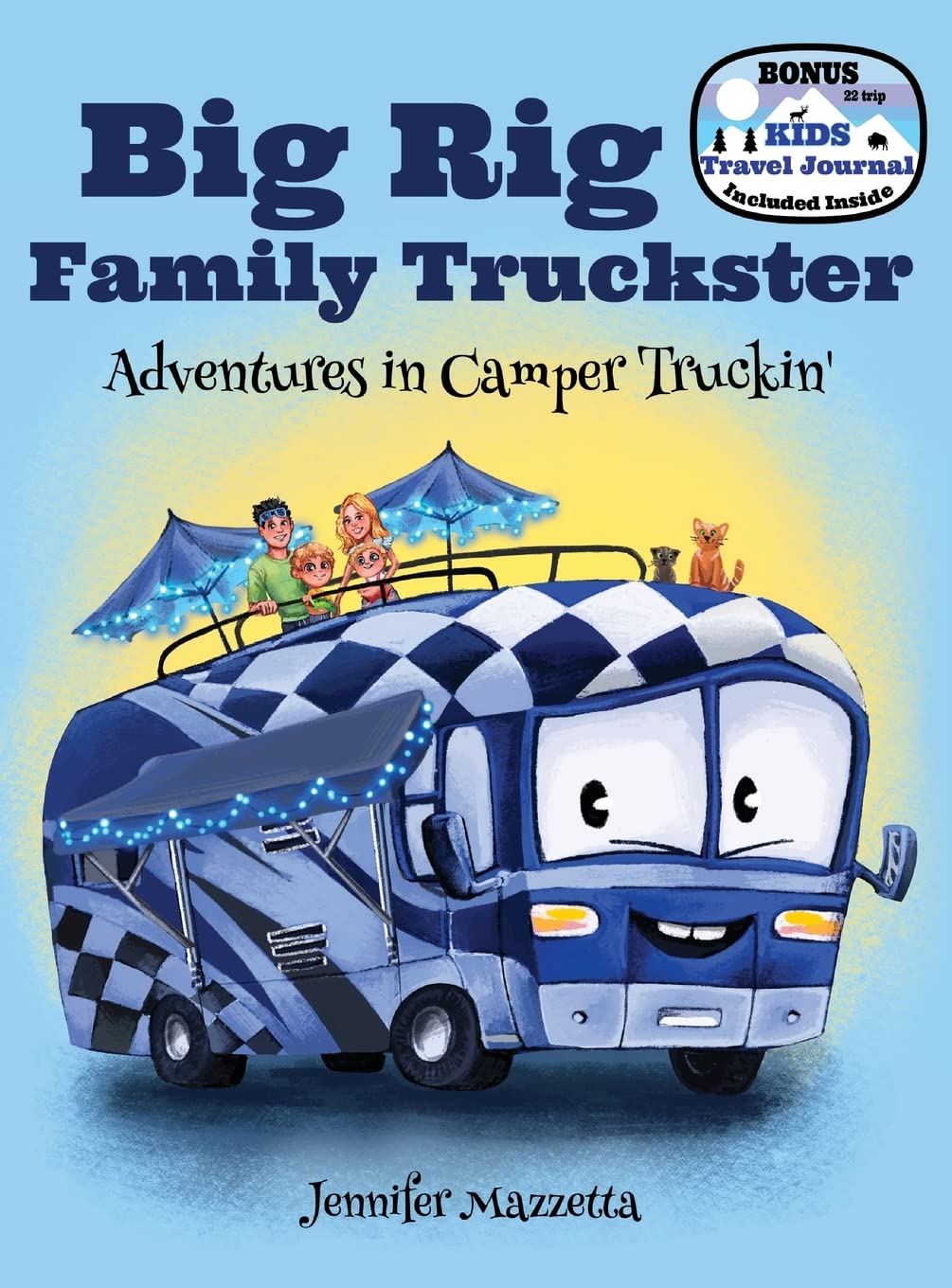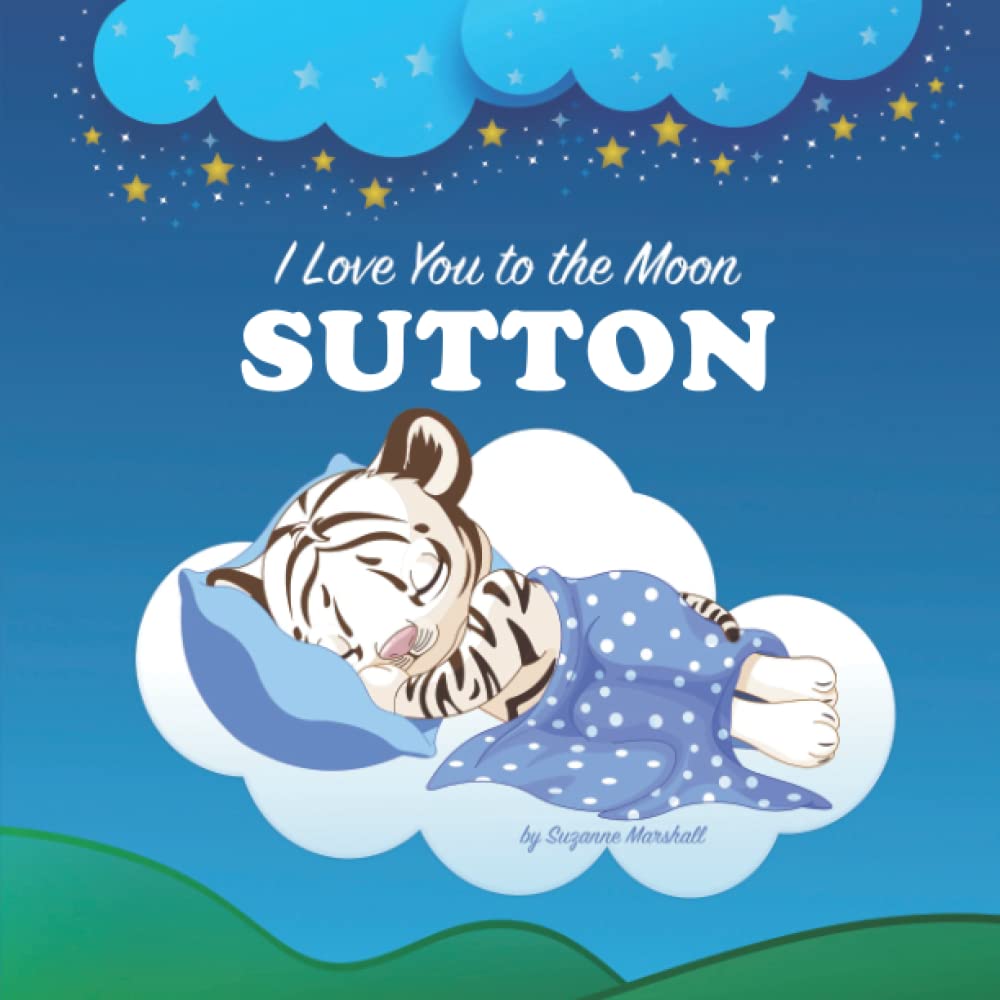Surviving Tornadoes will look at children who experienced tornadoes around the world, through history and up to the present day. Each book highlights four historically significant disasters in chronological order. Earthquakes focuses on the 1906 San Francisco quake and ends with the one that devastated Haiti in 2010. Cunningham mentions tsunamis in Newfoundland in 1929 and Thailand in 2004. Tornadoes covers areas hit in Fargo, ND, in 1957 that led to the development of the Fujita scale. It mentions the Super Outbreak in the United States in 1974, when 148 tornadoes touched down in 13 states and shows that these forces can strike anywhere. Hurricanes spotlights Galveston, TX, in 1900; Darwin, Australia, in 1974; New Orleans in 2005; and Bangladesh in 2007. Quotes from child survivors are taken from books, newspaper articles, and interviews to create a story of the events leading up to, during, and after the disaster. Survival suggestions are limited: constructing stronger buildings in earthquake-prone areas; implementing better early warning systems for tsunamis; going into a basement or small room when a tornado warning is issued; and building seawalls, raising the level of the land, and protecting wetlands to help reduce hurricane damage. Number -crunching data shows statistics and mathematical information regarding the disasters. Photographs depict the destruction and rebuilding that occurs. Maps indicate areas where these natural disasters struck or those most commonly hit. A variety of fact blocks contains information about the survivors as adults; people and organizations that helped during the recovery, eyewitness accounts, and how the lives of people were impacted. There isn't much of a niche for these volumes; they don't have enough information for reports and they're definitely not for those searching for books on how to survive a disaster. - Sandra Welzenbach, Villarreal Elementary School, San Antonio, TX School Library Journal January 2012 --"School Library Journal" Elizabeth Raum has written over two-dozen nonfiction books for young readers, including a biography of Louis Armstrong for Capstone Press. She also has written picture books and adult nonfiction titles. She has degrees in English literature and library science. Over the years, she has worked as a middle school and high school English teacher, an elementary school librarian, and a college library director. She loves to read and enjoys helping other readers discover great books. Elizabeth Raum has written many nonfiction books for children. She has also written picture books and books for adults. Two of her Capstone You Choose books, ""Orphan Trains: An Interactive History Adventure"" (2011) and ""Can You Survive Storm Chasing?"" (2012), are Junior Library Guild selections. Elizabeth lives in Michigan with her husband, Richard. Over the years she has lived in Vermont, New Jersey, Virginia, New York, and North Dakota. She has two grown sons and two granddaughters, who like reading her books. Elizabeth enjoys biking, hiking, reading, andof coursewriting! Used Book in Good Condition
